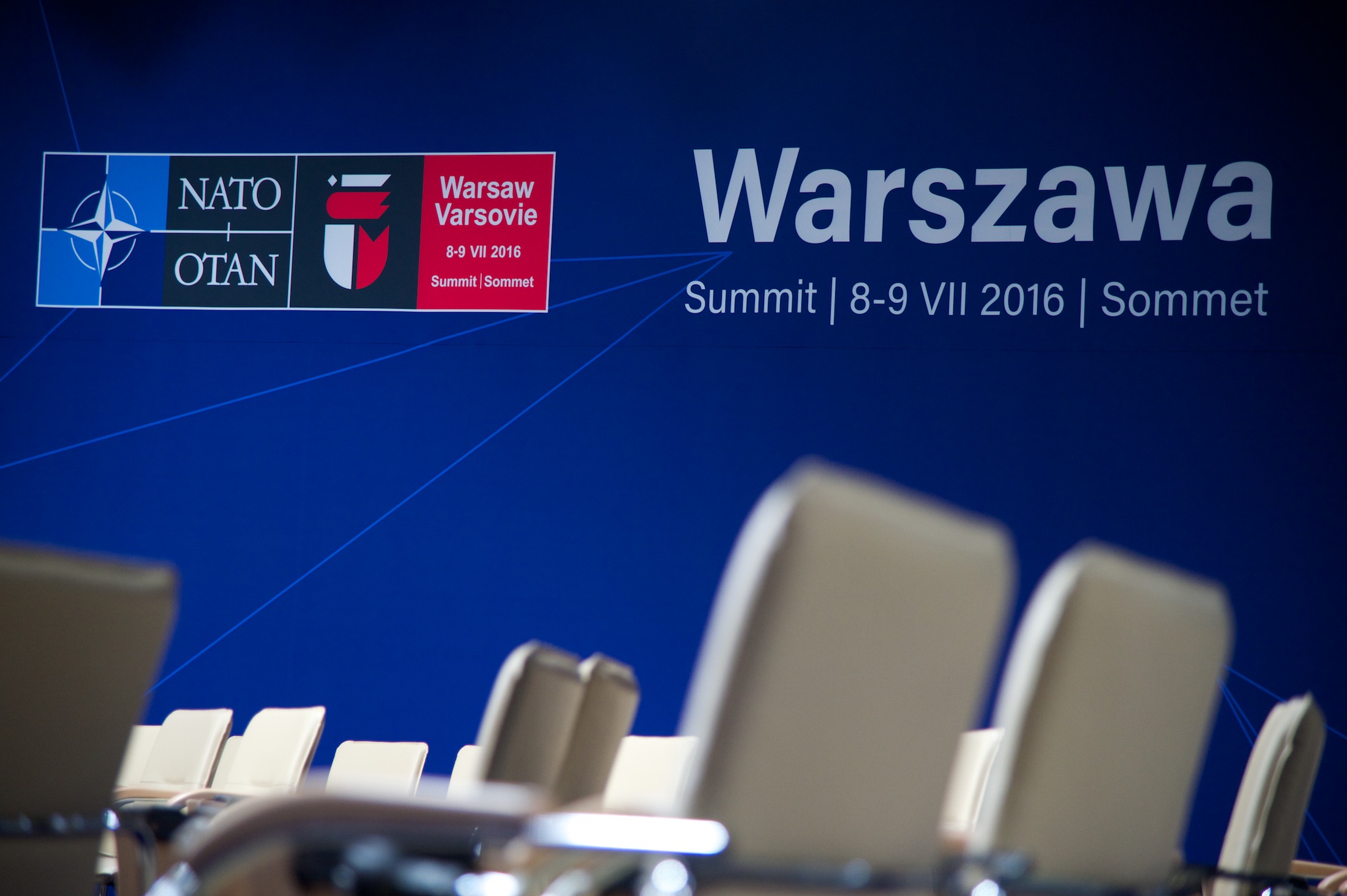NATO Summit Overview
The 2023 NATO summit was held in Vilnius, Lithuania, on July 11-12. The summit brought together leaders from all 30 NATO member states to discuss a wide range of issues, including the ongoing war in Ukraine, the security challenges posed by Russia and China, and the future of the alliance.
As the NATO summit convened in the hallowed halls of the Mellon Auditorium , the weight of history hung heavy in the air. Within its opulent confines, where echoes of past presidents and world leaders lingered, the fate of nations was once again being shaped.
One of the key outcomes of the summit was the adoption of a new Strategic Concept, which will guide NATO’s policies and actions for the next decade. The new Strategic Concept identifies Russia as the alliance’s “most significant and direct threat” and calls for a “fundamental shift” in NATO’s deterrence and defense posture.
The NATO summit brought together world leaders to discuss pressing security issues. Jens Stoltenberg , NATO’s Secretary-General, emphasized the need for unity and cooperation in facing these challenges. He stressed that NATO remains committed to defending its members and promoting peace and stability.
The summit also saw the announcement of a number of new initiatives, including the creation of a new NATO Innovation Fund and the establishment of a new NATO Cyber Defense Center.
Participants
- Jens Stoltenberg, NATO Secretary General
- Gitanas Nausėda, President of Lithuania
- Joe Biden, President of the United States
- Emmanuel Macron, President of France
- Olaf Scholz, Chancellor of Germany
- Boris Johnson, Prime Minister of the United Kingdom
Agenda
- The war in Ukraine
- The security challenges posed by Russia and China
- The future of NATO
Significant Announcements, Nato summit
- Adoption of a new Strategic Concept
- Creation of a new NATO Innovation Fund
- Establishment of a new NATO Cyber Defense Center
Geopolitical Implications

The 2023 NATO summit held in Vilnius, Lithuania, carries significant geopolitical implications that will shape regional and global security dynamics. The summit’s outcomes will have far-reaching consequences for Russia, Ukraine, and other countries in the region, potentially altering the balance of power and reshaping international relations.
Impact on Russia
- The summit’s reaffirmation of NATO’s commitment to collective defense sends a strong message to Russia, deterring potential aggression against member states.
- Increased military presence and exercises near Russia’s borders will raise tensions and increase the risk of miscalculations or incidents.
- Continued support for Ukraine and other countries facing Russian pressure will further strain relations between NATO and Russia.
Impact on Ukraine
- The summit’s support for Ukraine’s sovereignty and territorial integrity provides a lifeline to the country amid the ongoing conflict with Russia.
- Increased military assistance and training will enhance Ukraine’s defense capabilities and boost its morale.
- The prospect of future NATO membership, discussed at the summit, offers Ukraine a long-term security guarantee.
Impact on Other Countries in the Region
- The summit’s focus on regional security will strengthen partnerships with countries like Georgia and Moldova, which face similar threats from Russia.
- Increased NATO presence in the Baltic Sea and Eastern Europe will reassure allies and deter potential adversaries.
- The summit’s emphasis on cyber and hybrid warfare preparedness will enhance regional resilience against these emerging threats.
Security and Defense Measures
NATO leaders emphasized the need to strengthen the alliance’s security and defense posture in response to evolving threats and challenges. They agreed on a range of measures to enhance deterrence and defense capabilities.
These measures include:
- Increasing the size and readiness of the NATO Response Force (NRF) to over 300,000 troops, ensuring that NATO can respond swiftly and effectively to any threats.
- Establishing a new NATO Cyber Defense Center to enhance the alliance’s ability to counter cyber threats and protect critical infrastructure.
- Strengthening NATO’s air and missile defense capabilities, including the deployment of new air defense systems and the development of new technologies to counter advanced threats.
- Increasing investment in research and development to stay ahead of emerging threats and develop new technologies that can enhance NATO’s capabilities.
- 加强与伙伴国家的合作,包括澳大利亚、日本、韩国和新西兰,以应对共同的安全挑战。
These measures are designed to enhance NATO’s ability to deter and defend against a wide range of threats, including conventional attacks, hybrid warfare, cyber threats, and nuclear threats. They reflect the alliance’s commitment to maintaining a strong and credible defense posture in the face of an increasingly complex and challenging security environment.
The effectiveness of these measures will depend on a number of factors, including the level of commitment and cooperation among NATO member states, the availability of resources, and the evolving nature of the threats. However, these measures represent a significant step forward in strengthening NATO’s security and defense capabilities and ensuring that the alliance remains prepared to meet the challenges of the 21st century.
The implications of these measures for NATO member states and their allies are significant. The increased investment in defense will require additional resources and commitment from member states. However, these measures are essential for ensuring that NATO remains a credible and effective alliance, capable of protecting its members and promoting stability in the Euro-Atlantic region.
